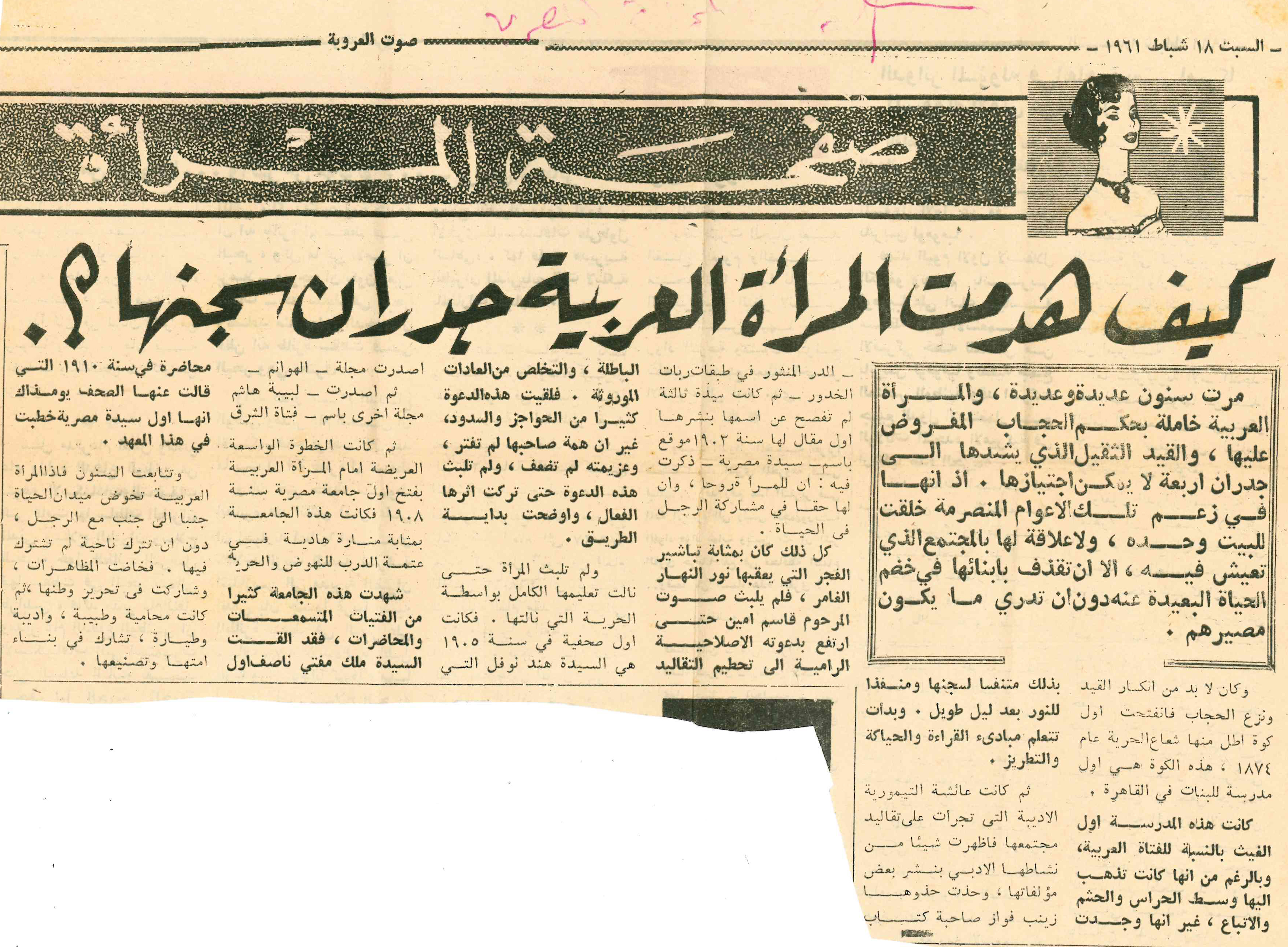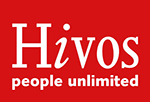Post-independence and the first “wave” of feminism

Though Lebanese feminist activism emerged long before Lebanon’s independence in 1943, it gained momentum post-independence, making way for subsequent “waves” of feminism with different actors, demands, advocacy tactics, political discourses, and temporalities. The first wave of feminism materialized in great part thanks to the efforts of elite men and women who were involved in charitable causes, including providing education for women in order to improve their caregiving roles; in other words to be better mothers. The accessibility of education to women incentivised them to establish organisations with diverse goals and purposes; “religious, national cultural, and familial.”
But political rights for women remained a top priority for this generation of pioneering feminists, as they connected the country’s independence with the possibility of acquiring new rights and freedoms for women. As a result, feminist movements of the time employed a nationalist rhetoric that highlighted independence as an integral constituent of women’s identity. This association led the feminist agenda to be aligned with the paternalistic traditions and sectarian system of the time – both of which were deeply rooted in Lebanese society and politics – and to focus on women who belonged to the upper class. Encouraged by the rising number of women journalists, this first generation of activists advocated for the right to vote, to political representation, and to access to education. In the face of resistance to the advancement of their political and social rights, women took to the streets alongside their male counterparts, and their collective actions became more visible for the upcoming decades.
